Cemetery Preservation

Preservation of Arkansas' Historic Cemeteries
Historic cemeteries are important for reasons you may not have considered. They are outdoor museums filled with amazing art and architecture. Cemeteries provide wildlife refuges and are often home to unique plants. And these sanctuaries nestled within urban environments are also places to research, contemplate or remember the past. Historic cemeteries are beautiful parks ideal for picnicking or strolling just as the original community would have done when the site was built. We encourage you to stop by a historic cemetery near you and spend some time taking in the beauty of an oasis within your city.
Why are historic cemeteries important?
Historic cemeteries are:
- Outdoor history museums and classrooms
- Research facilities
- Places to picnic or exercise
- Place to remember those that have gone before
- Wildlife refuges
- Art galleries
- Botanical gardens
What types of threats face our historic cemeteries?
Historic cemeteries are irreplaceable landscapes. Many of the historic cemeteries in our state have been neglected for decades. For every known rural burial ground, there are at least five that have been forgotten from our collective consciousness. Threats to historic cemeteries include:
- Abandonment
- Neglect
- Encroachment
- Environmental factors
- Vandalism
- Theft
- Decline in community activities (such as Decoration Day)
- The increased role of funeral and cemetery professionals and the declining role of the family’s hands-on care
- Improper use of landscaping elements such as machinery and insecticides
- Socioeconomic factors (such as population movement)
- Pollution
Historic cemetery preservation is important and at AHPP we are committed to educating our community about preservation needs and practices.
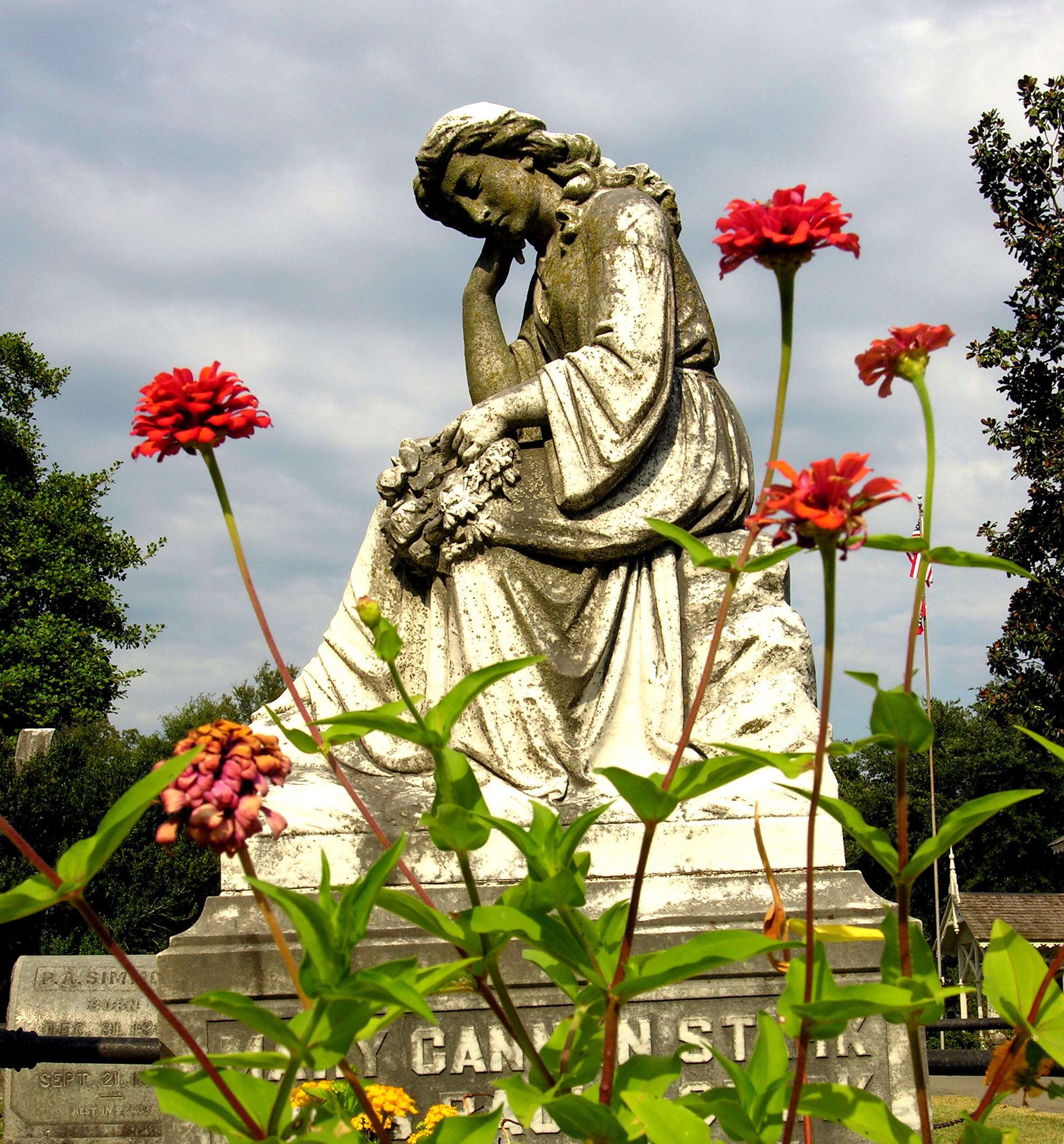
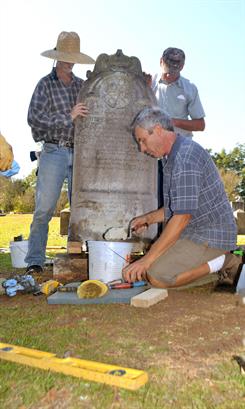
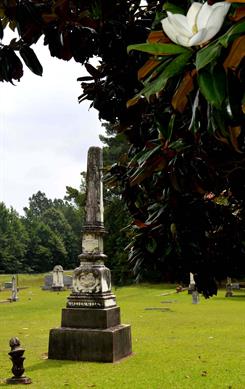
Arkansas Cemetery Laws
Learn More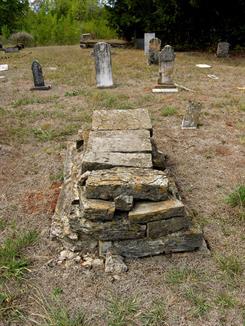
Graves of Arkansas Governors
Learn about our past governors to get involved in making sure these sites are protected and preserved for future generations.
Browse Graves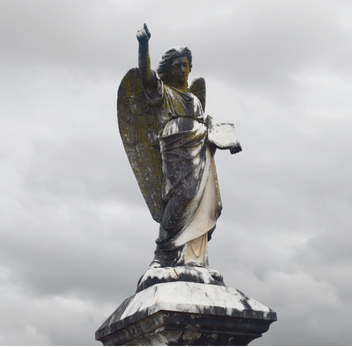
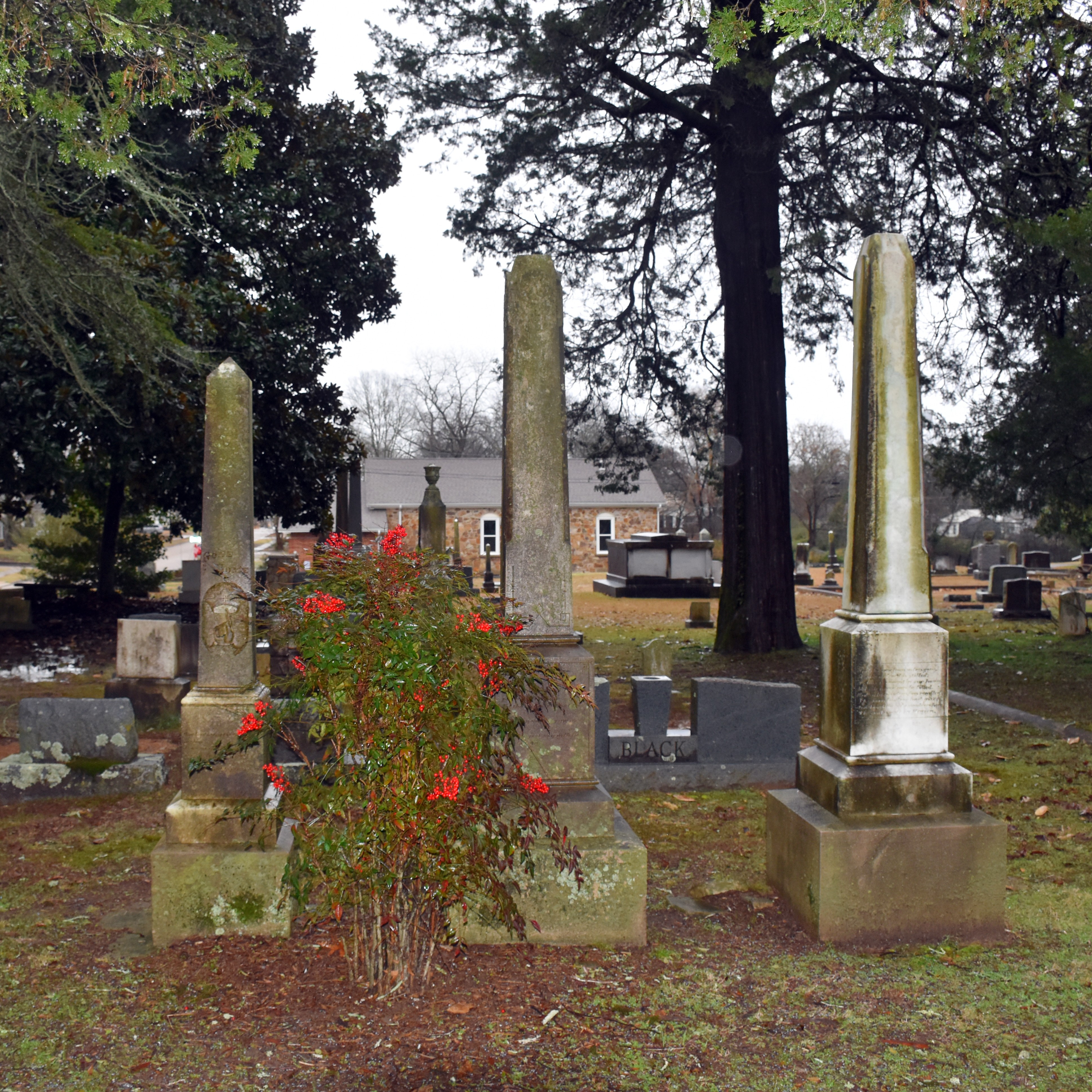
.jpg?sfvrsn=4a9eb4c7_0)